The history of Photography
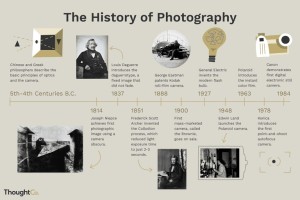
Photography began in remote antiquity with the discovery of two critical principles; the camera obscura image projection and the observation that some substances are visibly altered by exposure to light.
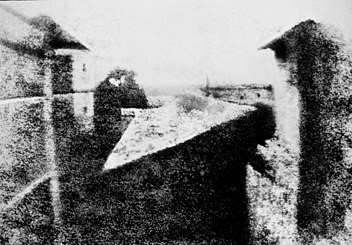
Retouched version of the earliest surviving camera photograph, 1826 or 1827, known as View from the Window at Le Gras.
Question 1
Pick three events in the timeline from this week’s lesson History of Photography: An Introduction and find photographs of the event on the Internet or in the library and write a paragraph explaining the event in more detail. Include your photographs in the descriptions.
Camera obscura
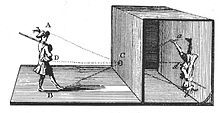
Illustration of the camera obscura principle.
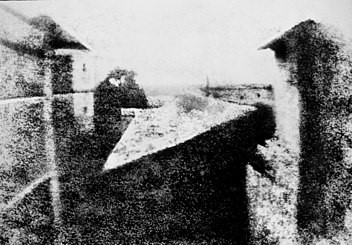
An image of the New Royal Palace at Prague Castle projected onto an attic wall by a hole in the tile roofing.
The meaning of the word camera obscura is “dark room”. The word camera refers to a room or a chamber, and the word obscura refers to the word darkened or dark.
the principle is created by using a lightproof box or a room. It should be dark or black to prevent any reflections coming from light. Create a tiny cantered hole. When light is passing through the hold it will form an inverted image of the object on the opposite side of the box or room. This principle led to the creation of a camera.

Daguerreotype
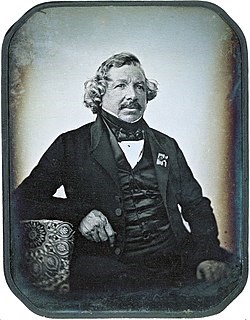
Daguerreotype of Louis Daguerre in 1844 by Jean-Baptiste Sabatier-Blot.
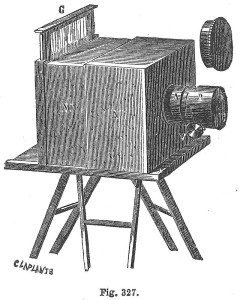
Louis Jacques Mande Daguerre invented and made in 1839 what was supposed to be the start of a modern photograph. Daguerreotype is seen as the middle step between camera obscura and Josef Maximilian Petzval’s lens. The technique is to produce an original photograph that has been mirrored.
The technique is to use a copper-plated copper plate, and then plate the plate with clean dust. Furthermore, the pole is polished again enough to resemble a mirror and there are no defects on the disc. The process further is to place the disc in a box of iodine. Light-sensitive silver iodide is formed on the plate as a chemical reaction between the gases and the silver on the plate. The disc can then be exposed to a camera. The development of images can be done by placing the plate in a specially made tank containing mercury. Vapor from heated mercury is used on the plate, then dip the plate into sodium thiosulfate. This will ensure that the disc does not darken in contact with additional light.
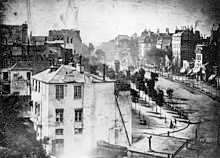
Boulevard du Temple», taken by Daguerre in 1838 in Paris, includes the earliest known candid photograph of a person. The image shows a busy street, but because the exposure had to continue for several minutes the moving traffic is not visible. At the lower right, however, a man apparently having his boots polished, and the bootblack polishing them, were motionless enough for their images to be captured.
Colour photography
Colour photography is a form of photography where one uses medium that can create colours, as opposed to black-and-white.
Several techniques for colour photography were developed and tested in the mid 1800’s. One experiment teste early on were trying to fix the challenge with the form and trying to prevent the colour from bleaching. The first colour photograph which was permanent was taken by the physicist James Clerk Maxwell in 1861.
One method tested early on was to use three photo sets. Each camera had one colour filter each in front of the lens. This resulted in three basic colour channels to reproduce the photograph in colour in a darkroom.
A Russian photographer, Sergey Prokudin-Gorsky, created a technique which involved three colour plates which were taking quickly after each other.

The first permanent colour photograph, taken by Sutton in 1861 using the method proposed by James Clerk Maxwell
Question 2
Go to the library or search the internet and find a photograph from the 19th century. Write a short “think piece” about this photograph.
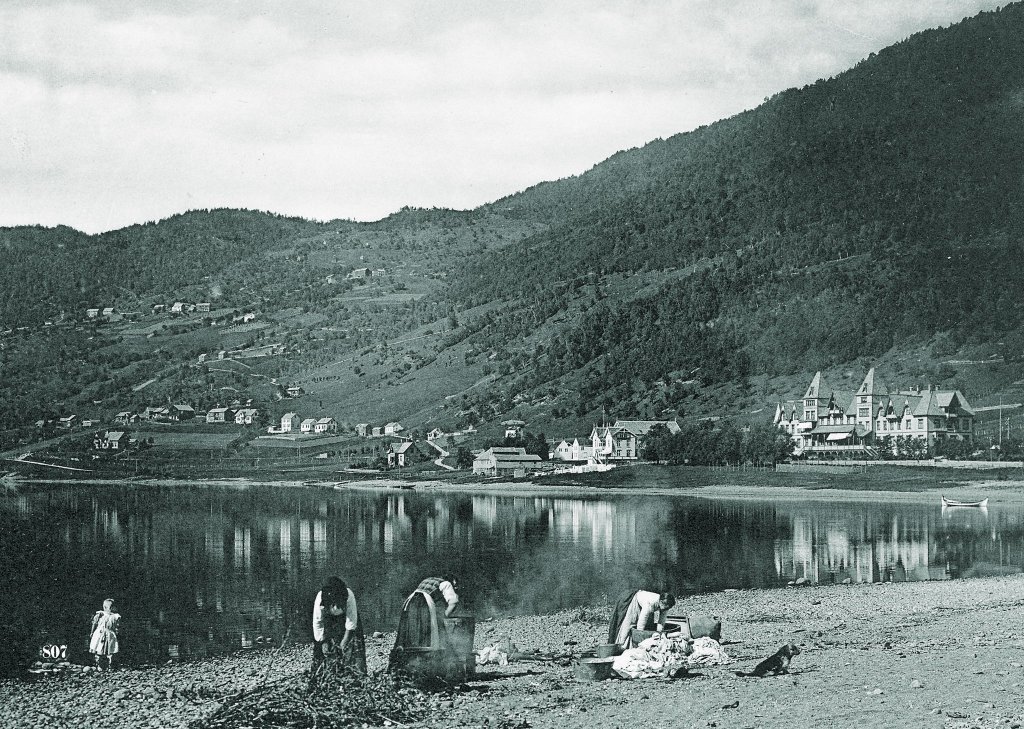
This photograph is taken from my hometown Voss in 1864. It’s taken by the local Hotel Fleischer’s Hotel and found in their archives posted on social media by the Hotel. You can see the Hotel as it were in the background, you also see the mountain and the Voss lake.
I feel the quality of the photo is quite impressive seen as it’s taken in 1864. In the foreground you can see the staff of the Hotel working. They are washing the sheets by the lake. Looks like they are boiling something as well. The photographs give and idea of how it was working at the hotel around that time. What conditions they were working in. Hard labour and hard working women.
Source and references
https://www.thoughtco.com/photography-timeline-1992306
https://en.wikipedia.org/wiki/History_of_photography
https://www.scratchapixel.com/lessons/3d-basic-rendering/3d-viewing-pinhole-camera
In depth: depth of focus and depth of field
https://no.wikipedia.org/wiki/Daguerreotypi
https://en.wikipedia.org/wiki/Daguerreotype
https://en.wikipedia.org/wiki/Thomas_Sutton_(photographer)
https://en.wikipedia.org/wiki/History_of_photography#Colour_process
https://en.wikipedia.org/wiki/History_of_photography
https://www.facebook.com/pg/fleischers/photos/?ref=page_internal

